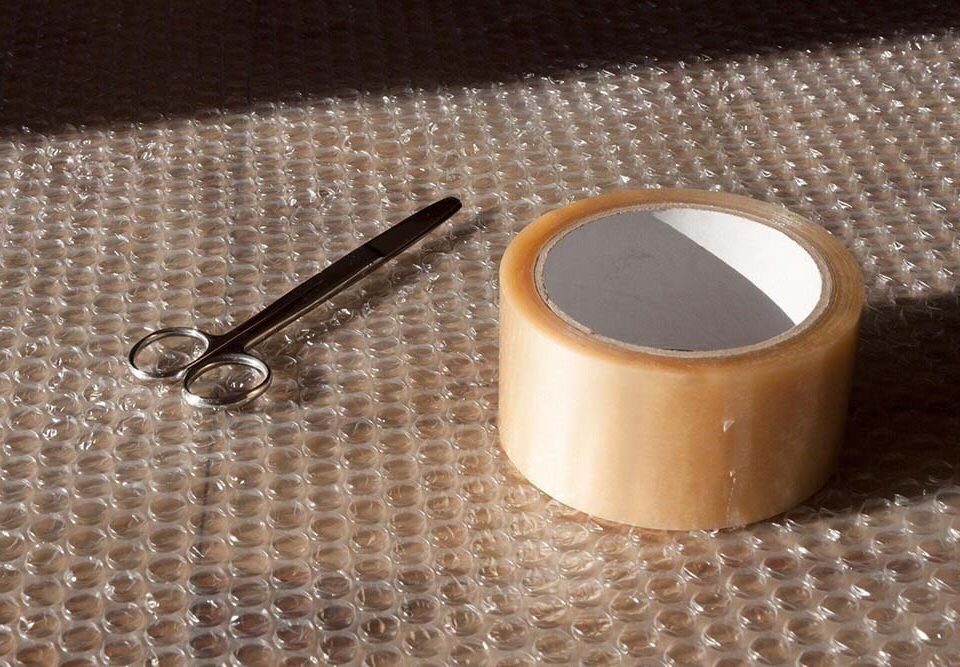When it comes to emergency medical services (EMS) and trauma care, trauma scissors are an indispensable tool. These designed scissors are used by first responders, paramedics, and doctors. This is to cut through clothing, shoes, and other obstructions.
This allows them to access and treat injuries efficiently. Understanding the different types of trauma scissors and their specific uses. It also includes best practices for utilizing them, which is crucial for anyone involved in emergency care. Let’s get to know more!
Table of Contents
Types of Trauma Scissors
There are different types of trauma scissors available on the market, each designed for specific purposes. These include:
Utility Shears
Utility shears also known as trauma shears, are the most common type. It is made from stainless steel with a blunted tip and durable plastic handles. These shears are designed to cut through a wide variety of materials, including:
- fabric
- leather
- thin metal
Their blunted tip helps reduce the risk of inadvertently injuring a patient during cutting. If you are looking for some click for the best trauma shears to get the most durable and reliable utility shears.
Bandage Scissors
Bandage scissors are smaller in size and feature a sharp lower blade with a flattened, rounded tip. They are perfect for precise cutting tasks. This is such as removing tight bandages or clothing close to the skin. These scissors ensure that the skin beneath the bandage remains unscathed during the process.
Paramedic Shears
Paramedic shears are robust and heavy-duty. This makes them suitable for cutting through tougher materials such as seat belts and denim. These shears often include additional features like wire cutters or oxygen tank wrench holes.
Uses of Trauma Scissors
There are also different uses for trauma scissors in the field of medicine. Below are examples:
- Rapid access to wounds
- Removing bandages and dressings
- Cutting medical supplies
These medical scissors are designed to be easily accessible and quick to use in emergencies. They can also be used for general medical procedures, such as cutting sutures or dressings.
Best Practices for Using Trauma Scissors
These scissors need to have maintenance to ensure they are in good working condition. This includes:
Regular Maintenance
Keeping trauma scissors clean and sharp is essential for their effective use. Sterilize them after each use, especially when they come in contact with bodily fluids. This is to prevent cross-contamination and infection. Regularly check for signs of wear or damage and replace them as necessary.
Correct Handling
Proper handling of trauma scissors involves using them with a controlled, steady hand to ensure precise cuts. Always angle the scissors away from the patient’s body to avoid accidental injury, and take care when cutting near the skin.
Training and Familiarity
Securing appropriate training on the use of trauma scissors is paramount. Medical professionals and first responders should be well-versed in the functionalities and limitations of the tools they use. Practical, hands-on training ensures that the scissors can be used effectively and safely in high-pressure situations.
Have a Better Understanding of Trauma Scissors Today
Trauma scissors are an essential component of emergency response tools. By understanding the different types available, their specific uses, and the best practices for their maintenance and handling, medical professionals can ensure they are well-prepared to provide efficient and effective care.
Regular training and proper tool selection further enhance the utility of this indispensable device, making it an integral part of saving lives in critical situations.
Did you find this article helpful? Check out the rest of our blogs!










